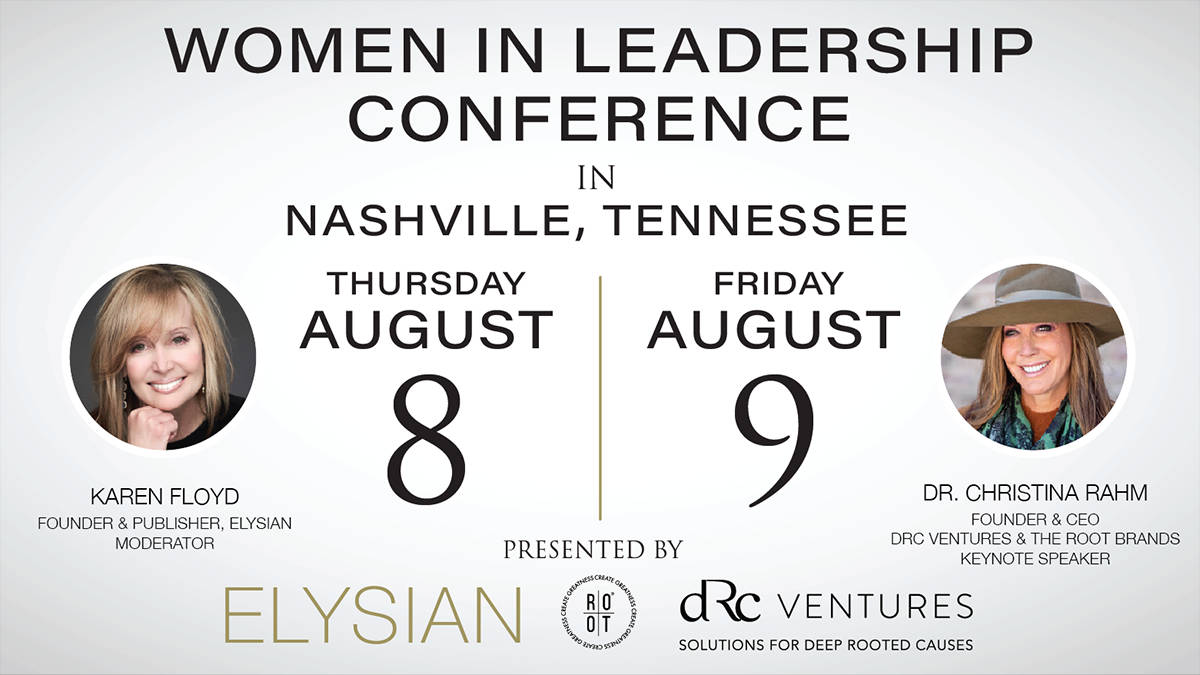We can’t stop the aging process—at least not yet—but we can slow it down.
By Angie Comer
If there is one thing we all share in common, it is aging. It happens to everyone. Our personal daily choices regarding nutrition, lifestyle, exercise and other factors can determine how fast aging starts to happen, as well as how it progresses.
While we can’t stop the aging process—at least not yet—we can slow it down.
The human body continually builds muscle tissue until around our third decade of life. After that, it is only a matter of time before sarcopenia, or age-related muscle mass loss, begins to set in. From there, you may lose up to five percent of your muscle mass annually, even if you stay fit and active.
Here are five tips to help prevent or even reverse age-related muscle loss.
Tip 1: Exercise.
It probably won’t surprise you that WebMD lists regularly scheduled workouts as the front-runner to stave off the upsetting effects of sarcopenia in women.
But to see a difference, it is also critical to do the right kinds of workouts.
- Resistance (strength) training. By training with free weights, bands or weight machines, you help your body boost growth-hormone production and more readily turn protein into fuel, which builds muscle mass.
- Cardiovascular training. Cardio workouts (running, fast walking, biking, swimming, yoga, etc.) support resistance training by building stamina, coordination, balance, lung capacity and overall connectivity between the different body systems.
Tip 2: Eat more protein.
Your body needs protein to nourish existing muscle tissue and build more muscle. Dr. Josh Axe, wellness physician and radio show host, reports that most adult women today eat far less protein than the recommended daily intake of 50 grams and even less after age 65.
Tip 3: Choose protein wisely.
It’s not just about how much protein you eat, but also what type of protein you consume. Not all protein is created equal, and the type of protein you eat also seems to play a role in preventing muscle loss.
The best protein-rich foods to include in your diet are grass-fed beef, organic undenatured whey protein, lentils, wild-caught fish, organic chicken, beans, raw milk, kefir or yogurt, free-range eggs and raw cheese.
For vegetarians or vegans, soy, legumes, quinoa, nuts and mushrooms are protein-rich foods.
Protein is especially important after exercise. When we engage in strength training, we are tearing down and damaging our muscle tissue. Consuming extra protein within an hour after a workout helps to repair that damage and build stronger muscle tissue.
Tip 4: Add Omega-3s.
In a 2014 study, the National Institutes of Health (NIH) found that adding more omega-3 fatty acids to older adults’ daily diet helped to counteract sarcopenia. Begin adding omega-3s right away to prevent or lessen the impact of age-related loss of muscle. About 250 mg to 500 mg daily is a good place to begin. To combat loss of muscle, the omega-3 intake should predominantly feature EPA and DHA (both animal-based).
Tip 5: Vitamin D.
As modern life becomes more sedentary, more and more adults are testing positive for Vitamin D deficiency. This is relevant because low levels of Vitamin D intake and age-related muscle mass loss are connected.
The Vitamin D Council recommends taking between 2,000 and 10,000 EU of Vitamin D per day.
Even if you have already experienced some age-related muscle loss, there is no time like the present to get started reversing it! With these five tips in hand, you can help your body build more muscle mass and strength. E


